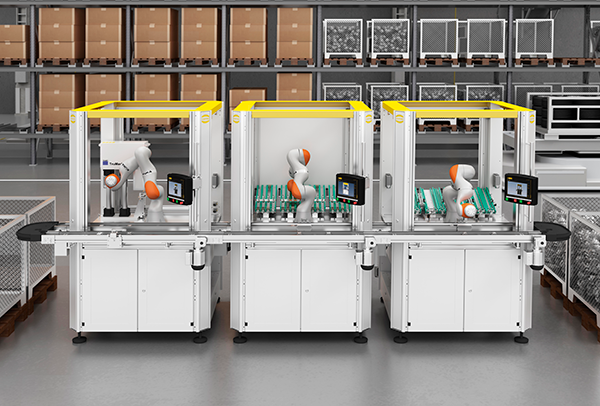Industry 4.0. Confused or what?
Industry 4.0 and Integrated Industry are just two of the buzzwords surrounding advancements in production being used by the manufacturing industry. In this article, we aim to shed some light on what this means by exploring how we can work together in a connected way and how information can be shared across platforms. This gives us the background to understand the link between Industry 4.0 and the connected world.
A quick history lesson
Industry 4.0, or the Fourth Industrial Revolution, is the name given to what is deemed to be the fourth major technological advancement in industrial processing and manufacturing. The three previous revolutions were also characterised by rapid progression.
The First Industrial Revolution began around 1760 and was driven by the development of the steam engine. It started in the textile cottage industry and quickly evolved into mechanisation and mass production using steam as a source of power.
By the end of the 19th Century, the Second Industrial Revolution was in full swing. It was symbolised by rapid industrialisation and new production techniques, using assembly lines and mass employment of a semi-skilled workforce. The late 1970’s brought about a change in manufacturing processes with the move into the digital age and the Third Industrial Revolution. Changes included large scale developments in automation and how we communicated within an industrial environment.
An Industry 4.0 / Integrated Industry era
We are now moving into the realms of what is termed ‘Industry 4.0’ where the underlying advances are based around the availability of information and data with communication at the core. Everyday objects are becoming linked and communicating with each other to perform tasks, for example our mobile phones with satellite navigation can be linked to our homes and our cars. The foundation for this has been the ease of obtaining information quickly, thanks to the internet.
As a result, it is now possible to seamlessly connect the different levels of an operation, from the machinery to the monitoring systems that control production. Through this integration, we can enable devices to interact with each other and generate vital production data which can be used to quickly identify machine faults, predetermine potential failures and monitor energy use.
Watch the video below to learn more about the benefits of Integrated Industry.
HARTING’s MICA is key to unlocking the benefits of Industry 4.0. Click here to learn more about MICA or get in touch with our specialist Product Manager below.


